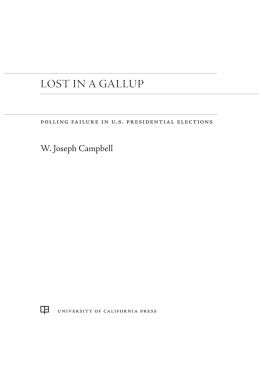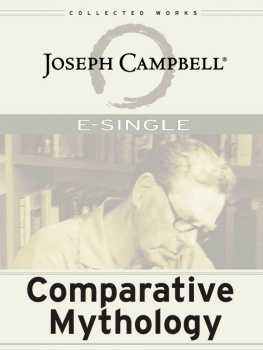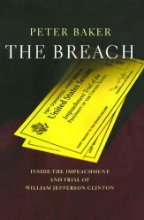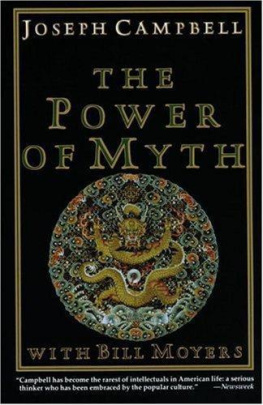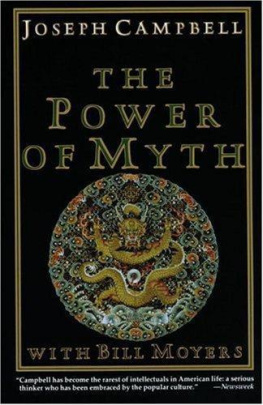Preface
The magnitude of some watershed years is immediately obvious, becoming clear before the year has closed that it was extraordinary and memorable. Dramatic upheaval around the world made 1968 such a year, for example. Even then, one sensed that 1968 would long be recalled as pivotal.
For other watershed years, significance may emerge less dramatically, crystallizing in retrospect, with the passage of time.
Then there are rare watershed years that embrace both typologies: their exceptionality is immediately apparent and rounds into sharper focus with time. Nineteen ninety-five was such a year. The bombing of the federal building in Oklahoma City and the acquittal of O. J. Simpson in the Trial of the Century immediately lent 1995 the cast of exceptionality. The implications of other developments of the yearthe rise of the Internet, the peace agreement reached in Dayton, Ohio, to end the Bosnia war, and the tawdry liaison between President Bill Clinton and Monica Lewinskyrevealed themselves more gradually in the months and years that followed 1995. Indeed, the five major events of 1995 still project their implications. To this day, they reverberate in American life.
The extraordinary year of 1995 and its five watershed moments are the subjects of this study. It offers an intimate and detail-rich portrait of a pivotal year, arguing that the emergence of the Internet into mainstream American life, the terrorist bombing at Oklahoma City, the months-long double-murder trial of O. J. Simpson, the accords reached at Dayton, and the incipient Clinton-Lewinsky sex-and-lies scandal all rendered 1995 a moment of surpassing exceptionality. This work turns a fresh lens on each of those cases and examines how each of them has projected lasting significance. Each was a watershed moment of a watershed year.
It is important and appropriate to describe what this work is not: It is not a diary, not an almanac, not an exhaustive catalog or chronicle of the year. It does not seek to return to the fads of the time or revisit developments in sport and popular culture of 1995. It makes no glib or expansive claims that 1995 was a year that changed everything. To make such a claim would be mistaken; a far more compelling case can be made for the following year, when Obama won election to the Illinois state senate, beginning a run that culminated in 2009 with his inauguration as president.
Historians of the recent past are known to agonize about a dearth of relevant and accessible archival material. Such a limitation did not impede or impair this study. It did not emerge as a serious constraint in researching 1995. This work taps a rich variety of sources, including exhibits in the Justice Departments antitrust case that was set in motion by the browser war between Microsoft Corporation and Netscape Communications; oral histories and archival holdings of the Oklahoma City National Memorial and Museum; documents and memoranda related to Bosnia and the Dayton peace talks in a collection of postCold War materials at the National Security Archive in Washington, D.C.; supplemental materials submitted by the Office of the Independent Counsel in its referral to Congress that identified prospective grounds for impeaching President Clinton; and archival collections and subject files of the Newseum, the museum of news in Washington, D.C. The extensive and unmatched collections of U.S. newspapers on microfilm at the Library of Congress were vital to this study; newspaper content of 1995 offered a sense of the moment and a sense of verisimilitude. That content also points up flaws and shortcomings that were apparent in the news coverage of nearly every decisive turn in 1995.
I conducted interviews with several figures associated with the watershed moments of 1995, and I paid visits to venues important to the year. These included the site of the federal building in Oklahoma City, destroyed in an unprecedented spasm of domestic terror; the ninth-floor courtroom of the Los Angeles criminal justice center, the theater of Simpsons trial; and the sprawling Wright-Patterson Air Force Base near Dayton, where the Bosnia peace accords were reached.
This work has been written with an eye toward revealing anecdotes and personal narratives that help capture the vigor, spirit, suspicions, and novelty of 1995. It opens with an eclectic introduction to the year and its improbable moments. The rise of the Internet and the World Wide Web is treated in Chapter 1. The narrative proceeds chronologically from there. Chapter 2 considers the Oklahoma City bombing and the subsequent deployment of security-oriented restrictions in American life. Chapter 3 takes up the Simpson trial and identifies as its most important lasting contribution the introduction of forensic DNA evidence into the public consciousness. Chapter 4 examines the making of the Dayton accords, the success of which initiated a period of muscular American diplomacy, undergirded by resurgent American Exceptionalism. Chapter 5 revisits the partial shutdowns of the federal government, which created the conditions in which Clinton and Lewinsky began their dalliance at the White House, a liaison that led to the extraordinary spectacle of a presidents impeachment.
So, critical readers may ask, what should we take away from this examination of 1995? What flows from a recognition of the years exceptionality? The best and most candid response is that the year and its watershed moments live onthat the present, as we know it, began to take shape during those consequential twelve months. The separate watersheds of 1995, when pulled together and examined with the detachment granted by the passing of twenty years, reveal a time of remarkable intensity and of enduring consequence.


